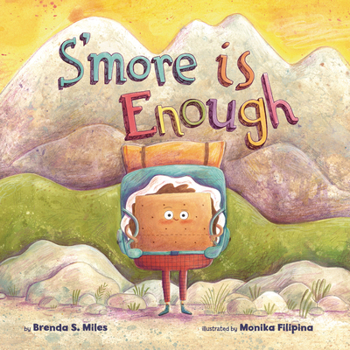S'More Is Enough
Select Format
Select Condition 
Book Overview
Help kids feel comfortable and secure with who they are without comparing themselves to others or being something that they are not.
Meet Graham, a two-cookie sandwich with an ooey-gooey middle and a square of sweetness. Graham is a s'more, but he feels pressured to be . . . more What more could he be? What more should he be? A donut, lollipop, or cupcake, maybe? This story empowers little ones to grow and change while staying true to themselves.
This evidence-based science-informed book skillfully presents concepts of developmental psychology in a way kids and their grown-ups can understand--about healthy risk-taking and motivating, feeling respected and valued for who you are, and finding your "good enough" when the world wants more.
This book, which includes end matter for adults about supporting a child's growth mindset and building self-esteem, is written by Brenda S. Miles, PhD, a clinical pediatric neuropsychologist who works with children, teens, and families. She blends brain science with developmental psychology in fun and educational ways.





















